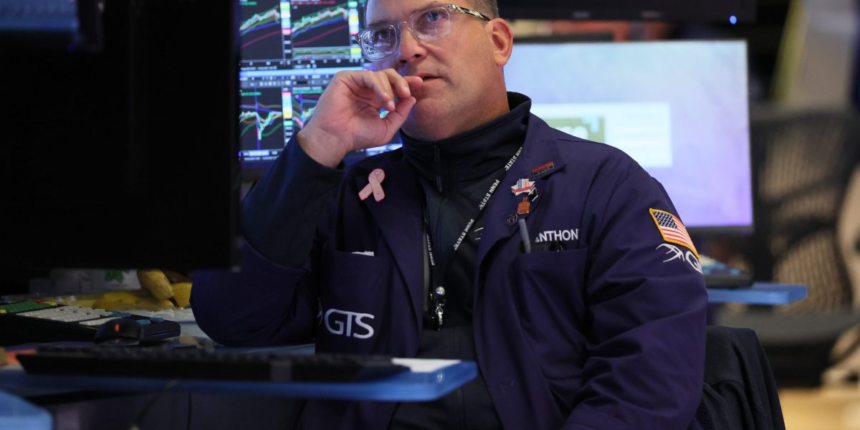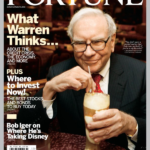Subramanian’s team argued that investors should be increasingly selective, as the broad index has become “statistically expensive on everything.” All 20 of the valuation metrics tracked by her team are at expensive levels, and in fact have never been more expensive in several key areas, including market cap to GDP. The S&P 500 is also trading above its Tech Bubble levels on nine different metrics, Subramanian’s team noted.
BofA’s methodology tracks 10 signals that tend to precede cyclical market tops. Currently, six out of these ten are triggered, including elevated price-to-earnings ratios, extreme outperformance of high-multiple stocks compared to cheaper ones, and loosening credit conditions. Historically, major market peaks have occurred when roughly 70% of these indicators were triggered, making today’s 60% worryingly close. According to BofA’s strategists, these “bear market signposts — the triggers that typically precede an S&P 500 peak — suggest additional caution.”
BofA’s semiconductors analyst Vivek Arya was more sanguine, arguing to Fortune that companies are more anxious about maintaining 2025’s robust capex levels than about an imminent downturn. Still, Arya said he was confident about both the next 12 months and the next five years, but “can there be periods of digestion in between? Yeah.”
The new BofA report also highlights possible cracks beneath the market’s surface. While recent gains have been propelled by resilience in mega-cap tech stocks and the enduring strength of the U.S. consumer, strategists warn that these drivers could be at odds. For example, artificial intelligence—one of the market’s hottest themes—could reduce demand for professional services, potentially impacting an area that has driven much of the consumption growth since the 1980s.
Still, she warned in October that risks are mounting in the rapidly evolving world of private lending. Since the 2008 financial crisis, non-bank lenders have supplanted traditional banks, and instability in private credit could force pension funds and other large investors to sell S&P 500 index funds, potentially exacerbating volatility. The domination of passive investing further increases concerns—should these asset owners turn to selling, liquidity in the S&P 500 could dry up with alarming speed.
October’s unexpected U.S. government shutdown and renewed trade tensions with China have added fog to an already hazy macroeconomic environment, slowing both project planning and economic activity. BofA also points to a record 54% of investors who now believe that AI stocks are in a bubble, according to its most recent Global Fund Manager Survey—another reason for heightened vigilance around the market’s uneasy exuberance.
As investors stare down a market where euphoria and real risk walk hand-in-hand, BofA’s 60% bear signpost warning serves as a timely reminder: cycle tops may only become obvious in hindsight, but the flashing risk signals are here now.









